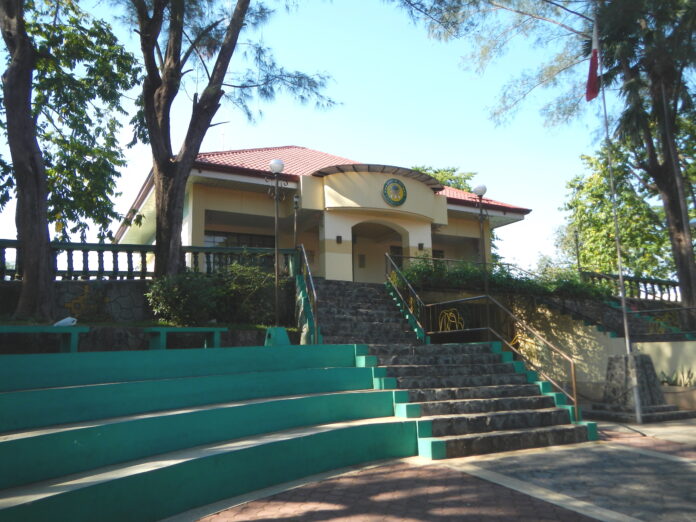Early settlers of the town came from the Ilocano-speaking population of Camiling whose ancestral stocks were from Paoay, Ilocos Norte. Originally, Anao was one of the barrios of Paniqui when the latter was still a town of Pangasinan. It was established as a town on March 1, 1870, earlier than its neighboring towns of Moncada, San Manuel, and Ramos. Don Fruto Pastor, one of its early settlers, founded Anao. He became the Capitan Municipal in the same year. Don Antonio succeeded him in 1872.
Since then, the political structure of the town has evolved as it is today.
Anao is the smallest municipality in the province. It is located in the northeastern part of Tarlac; it is bounded on the north by San Manuel, in the east by Nampicuan (Nueva Ecija), on the south by Ramos and on the west by Paniqui and Moncada.
A predominantly Ilocano-speaking village, Anao has a population of 10,045 people in 2,086 households (NSO, 2000).
Basically, the town is an agricultural village that produces rice, corn, vegetable, and sugarcane crops.
Anao is a serene village known for ilang-ilang (Cananga odorata (Lamk.) Hook.) production. Ilang-ilang blossoms produce oil extract that is used for making perfumes. The demand for ilang-ilang production is great, both here and abroad, which is why it has contributed to the economy of the town.


